A Helsinki exhibition explores the artistic synergy between the Nordics and East Asia
Ateneum museum is marking the centenary of diplomatic relations between Finland and Japan with a quietly beautiful display of ceramics, paintings, sculptures and textiles
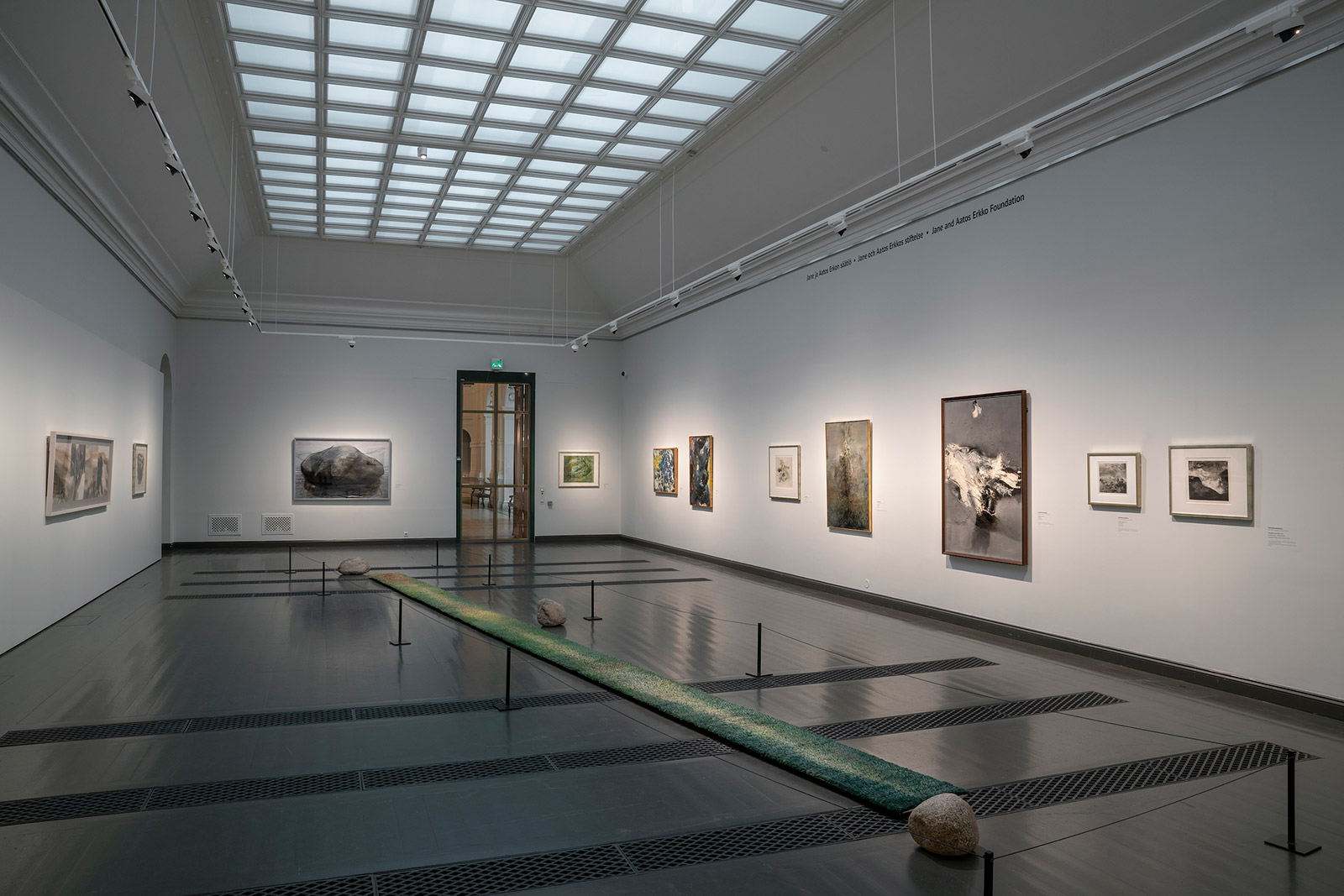
Silent beauty. It’s a phrase that perfectly captures the shared aesthetic of two remote parts of the world. One is the Nordic region – especially Finland and neighbouring Sweden – the other is East Asia; mainly Japan, with ancestral influences from Korea and China. An exhibition by the same name combines the collection of Helsinki’s Ateneum (one of three museums forming the Finnish National Gallery), where the show is being held, alongside pieces from the Japan Folk Crafts Museum in Tokyo.
On display are mainly ceramics and paintings, dotted with sculptures, textiles and architecture, which explore the countries’ artistic synergy. The timing is apt: this year marks the centenary of diplomatic relations between Finland and Japan. The show’s time span is elastic: focusing on pre- and post-World Wars, yet sometimes diverting to Korea’s Joseon dynasty (15th century) or the present day.
The opening section profiles Yanagi Sōetsu, art critic, philosopher and father of the Mingei movement, initiated in 1925. His campaign, which emphasised the beauty of everyday objects in simplified shapes, culminated in the opening of the Japan Folk Crafts Museum in 1936. Yanagi had visited Stockholm in 1929 and played a key role in Japan’s embrace of Nordic aesthetics.
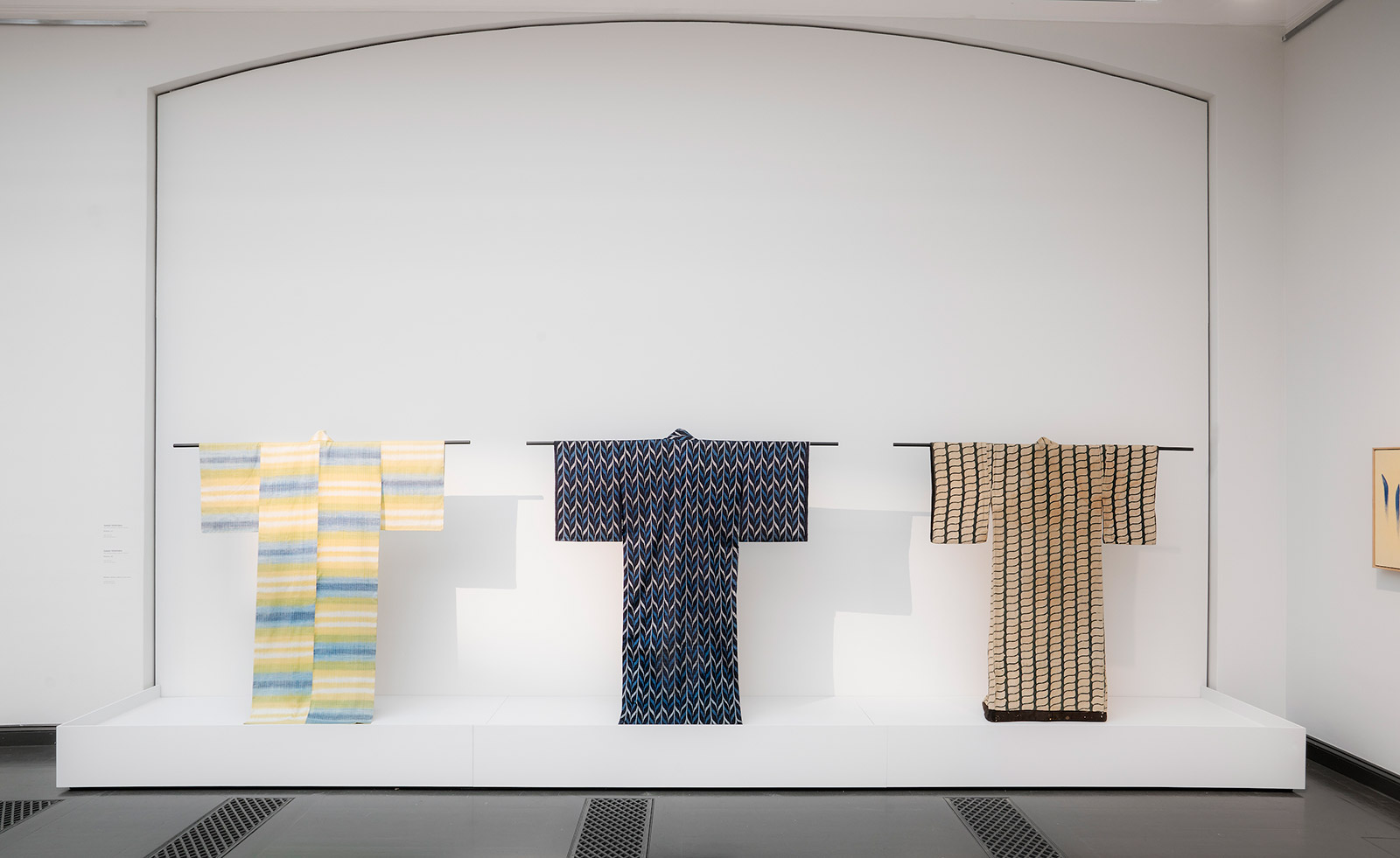
Courtesy of Finnish National Gallery. Photography: Hannu Pakarinen
Meanwhile, Finnish and Swedish artists were discovering Japanese sensibilities through techniques and materials like woodcut printing and Japanese handcrafted paper, exhibited in Paris or at the Venice Biennale. This section’s display starts with a 19th-century haori, a kimono-style coat. The simple lines and geometric motifs of the garment, which was used as fireman’s uniform, illustrate the beauty in a functional item made by an unknown craftsperson. Coincidentally, its motifs also recall the universe of iconic Finnish design house Marimekko.
The next room is largely dedicated to landscapes, starting with an oil painting by Helene Schjerfbeck. The strong connection to nature highlights similarities between the Far East and the far north. Then a great number of stoneware and earthenware pieces appear including slender-shaped jugs and bottles by Kyllikki Salmenhaara, which recall the stretching cedar tree, while minimally shaped plates and bowls by Kanjiro Kawai and Shōji Hamada lend a sense of dynamism.
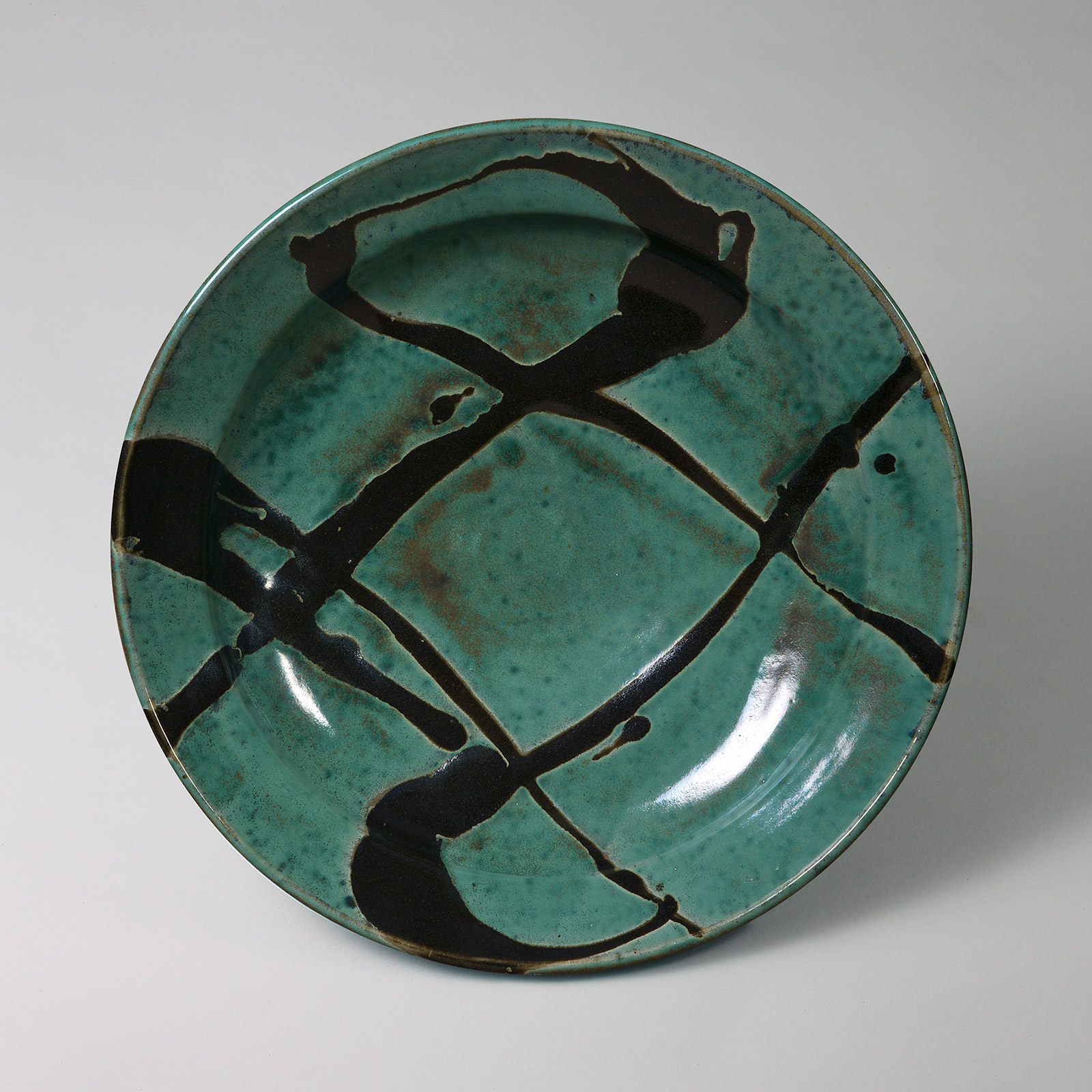
‘According to Hamada, it takes sixty seconds to apply his decorative technique, but it took him sixty years to learn it’, says Anne-Marie Pennanen, the show’s curator, pointing out the calligraphy-like motif on the plate. As a backdrop to the pottery, two stencil-dye (Katazome) works by Samiro Yunoki are displayed on the wall.
‘Silent Beauty’ unfolds as a perpetual dialogue between different disciplines. Its flow is organic, guided by themes such as winter, fire, still lifes and black and white. The show also includes ceramics by Bernard Leach, paintings by Ufan Lee, and abstract paintings and sculptures by the Finnish couple Ahti and Maija Lavonen. Among the qualities juxtaposed throughout this exhibition, such as harmony, calmness, cleanness, simplicity, patience, the most prominent of all is pure silence. Here, silence is more golden than ever.
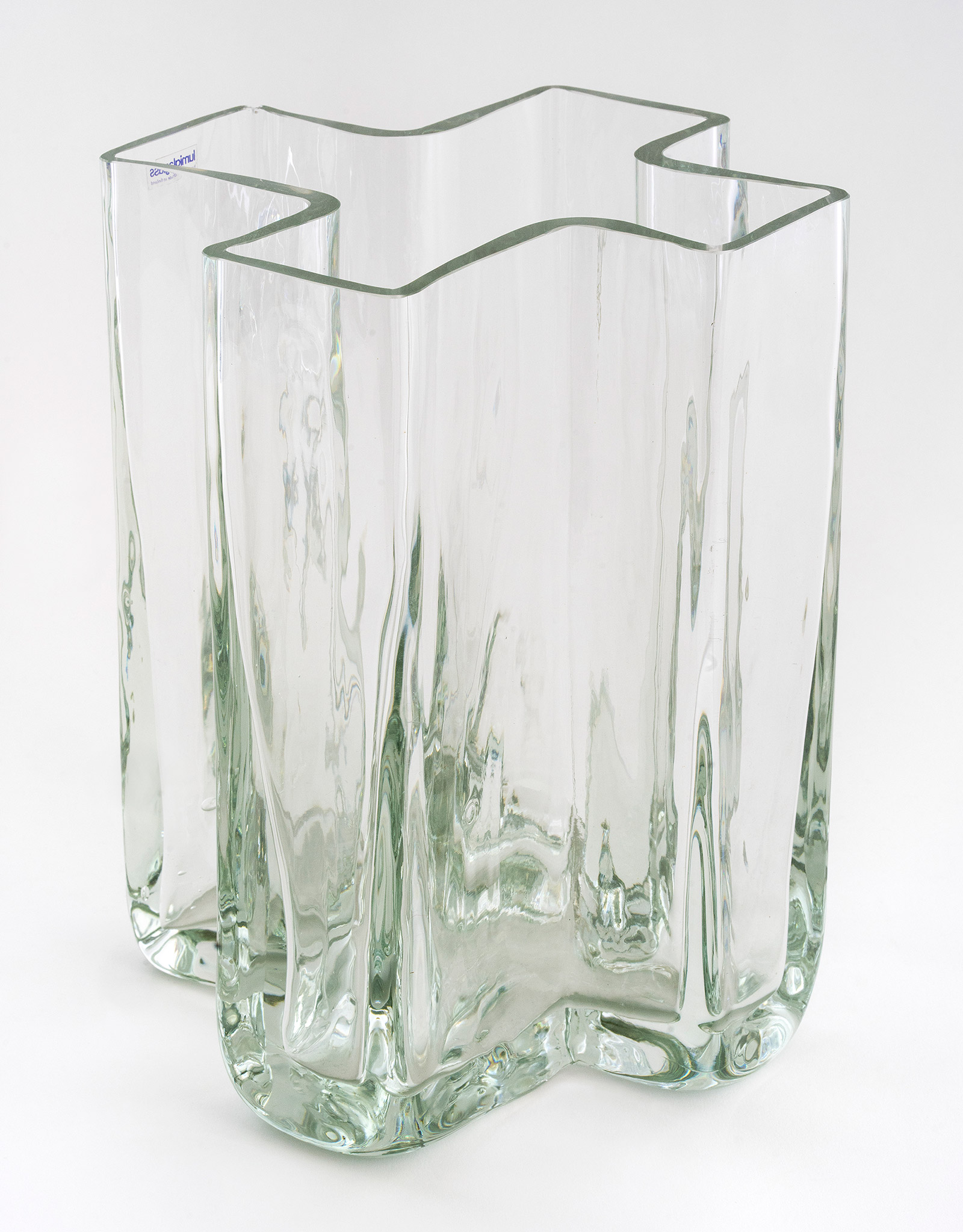
Vase, 1970, by Heidi Blomstedt. Courtesy of Finnish National Gallery. Photography: Hannu Pakarinen
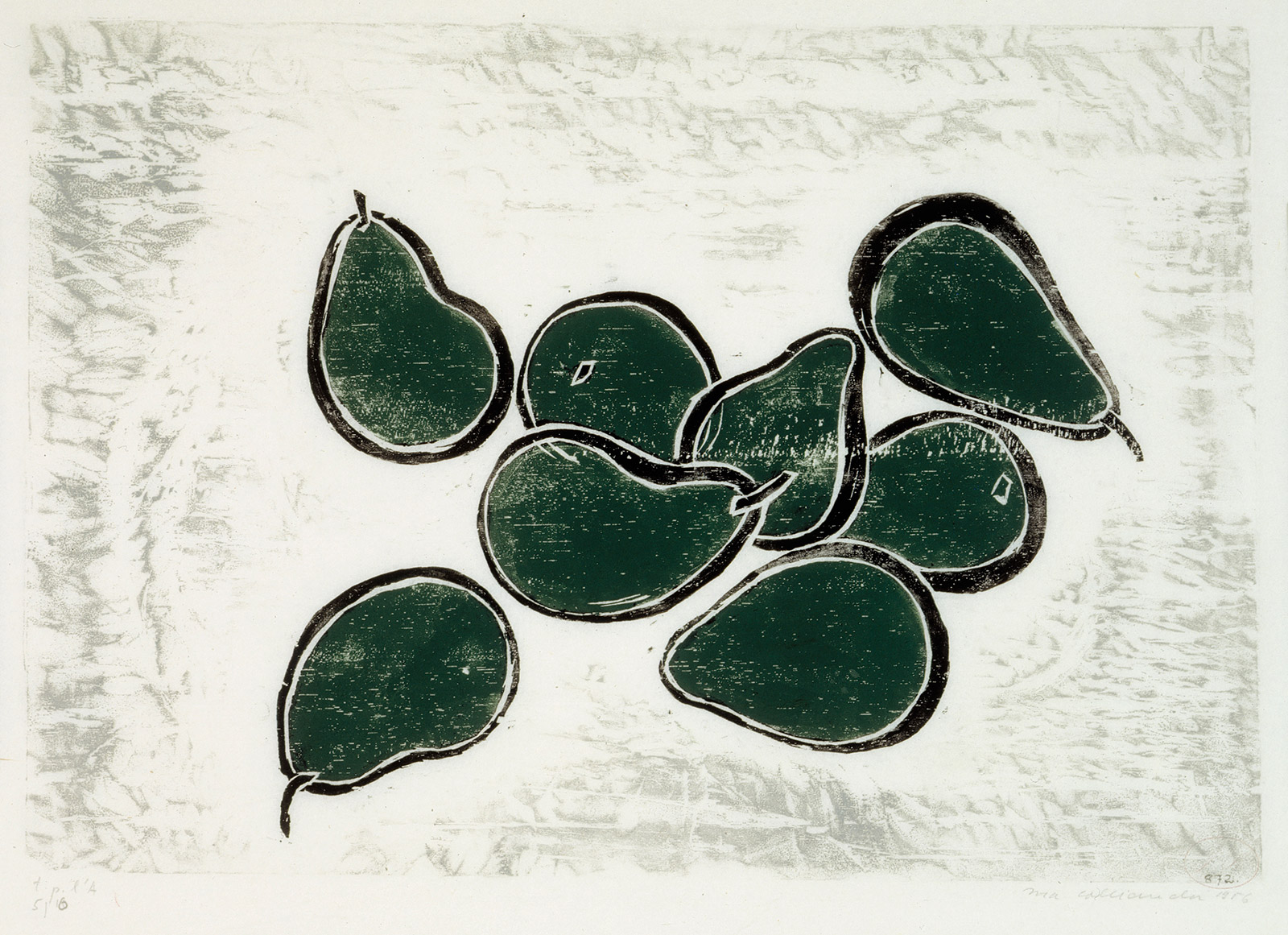
Eight Pears, 1956, by Ina Colliander. Courtesy of Finnish National Gallery. Photography: Hannu Karjala
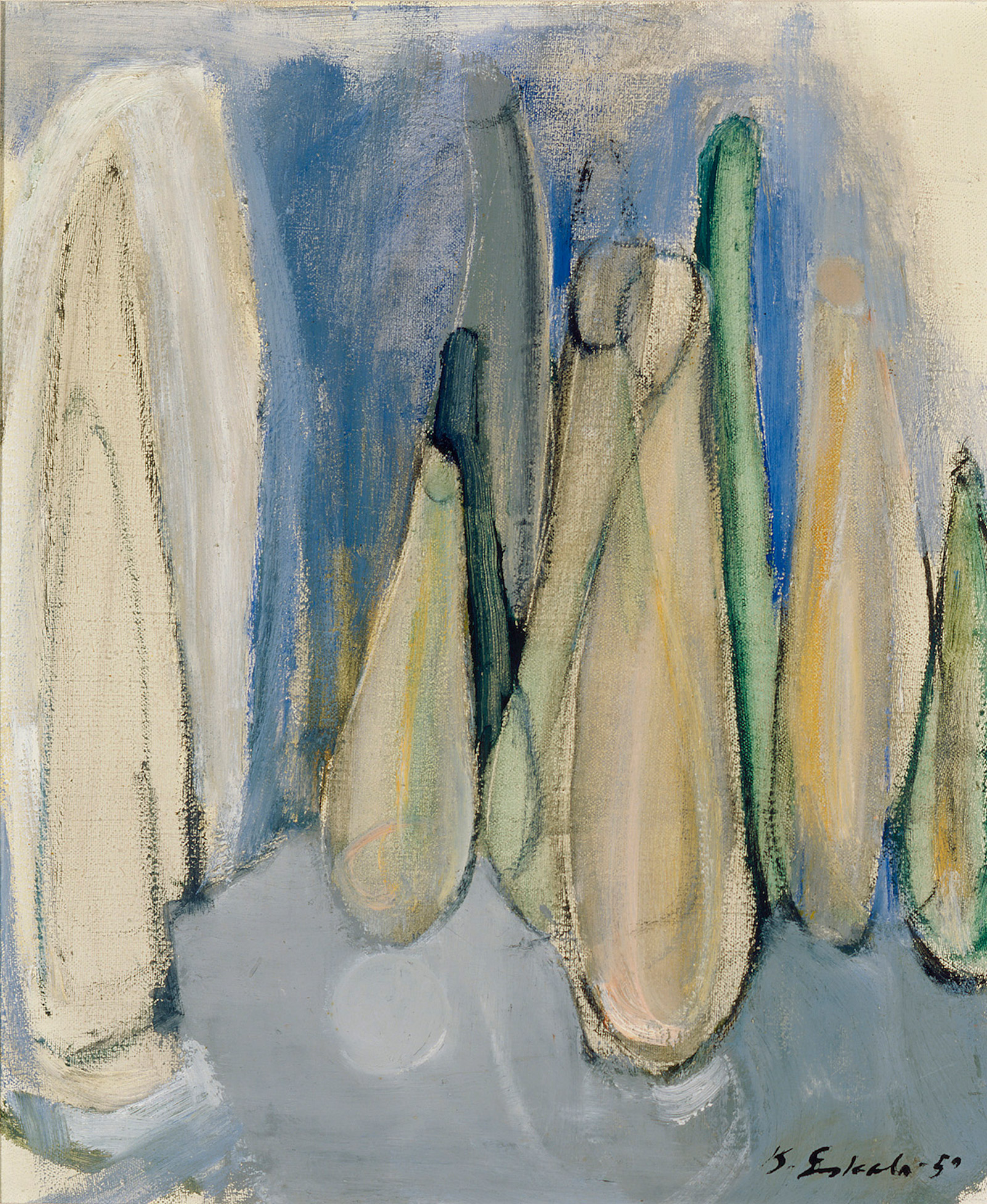
Still Life, 1959, by Kalle Eskola. Courtesy of Finnish National Gallery
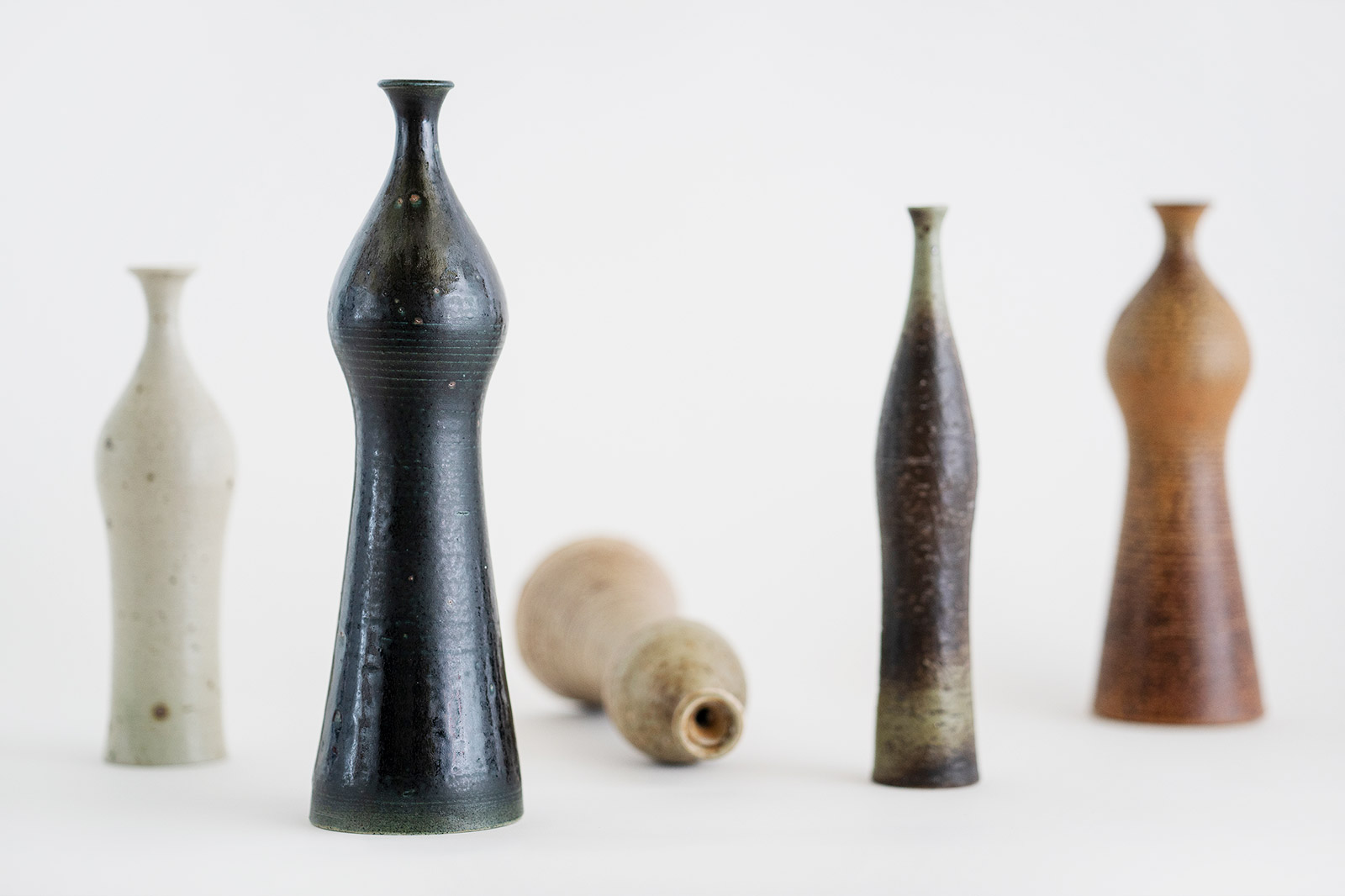
Bottles, 1953, by Kyllikki Salmenhaara. Courtesy of Finnish National Gallery. Photography: Hannu Pakarinen
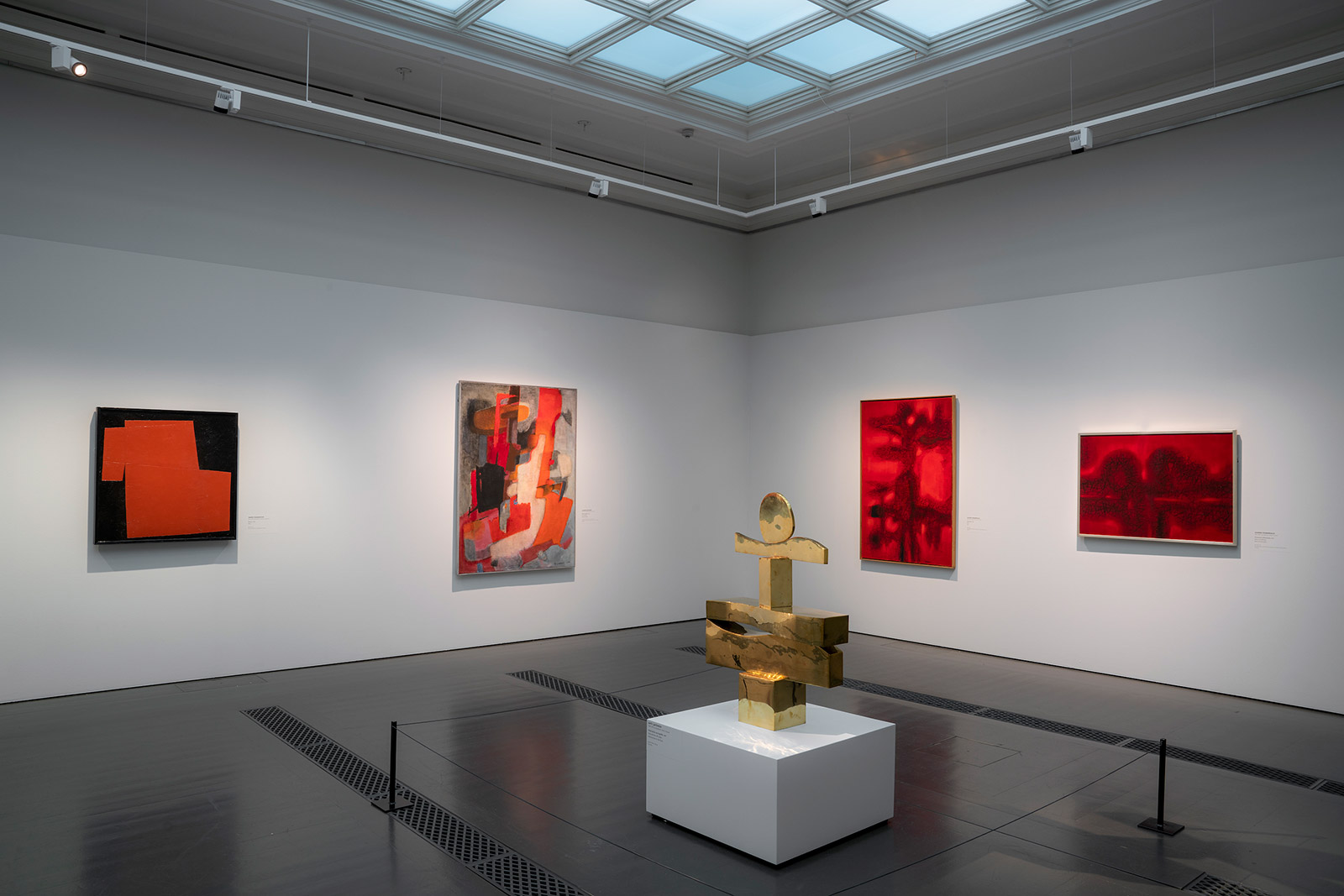
Courtesy of Finnish National Gallery. Photography: Hannu Pakarinen
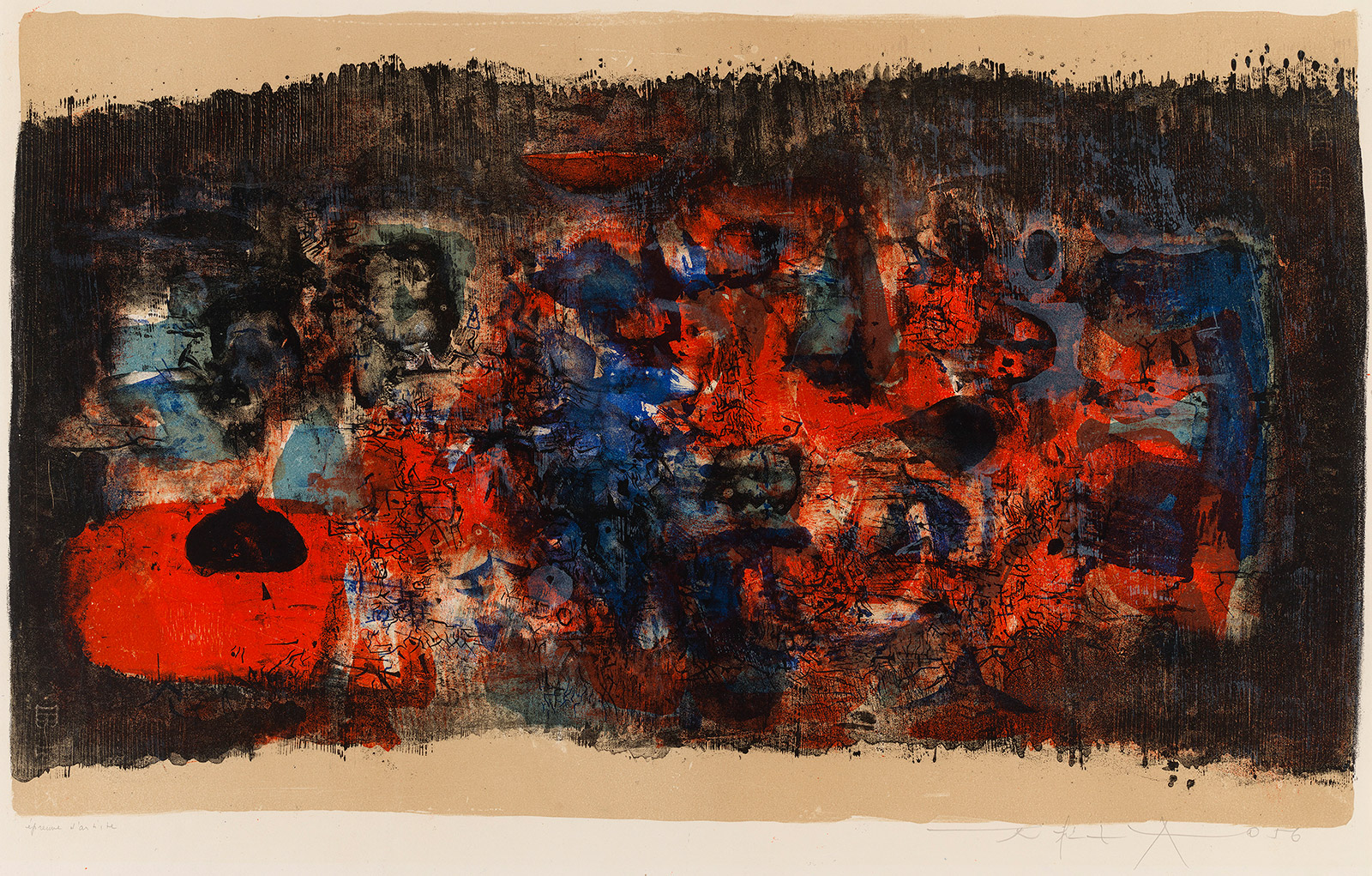
Composition, 1956, by Zao Wou-Ki. Courtesy of Finnish National Gallery. Photography: Jenni Nurminen
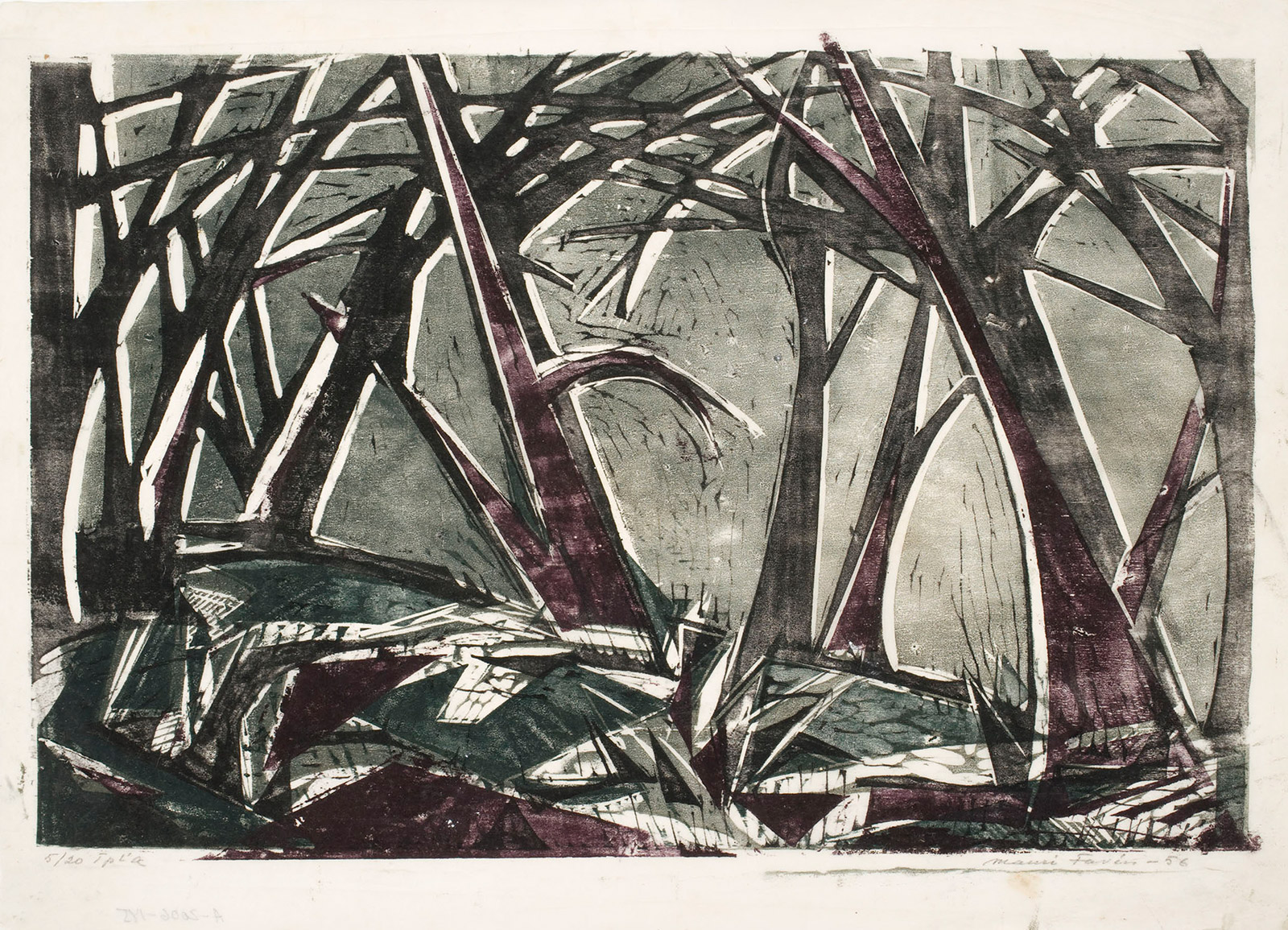
Edge of the Forest, 1956, Mauri Favén. Courtesy of Finnish National Gallery. Photography: Jenni Nurminen
INFORMATION
‘Silent Beauty: Nordic and East-Asian Interaction’, until 6 October, Ateneum. ateneum.fi
ADDRESS
Ateneum
Kaivokatu 2
00100 Helsinki
Wallpaper* Newsletter
Receive our daily digest of inspiration, escapism and design stories from around the world direct to your inbox.
Minako Norimatsu is a Japanese journalist and consultant based in Paris. Extremely curious about everything creative, her field ranges from fashion to art, dance, hospitality and travel. She has interviewed many Japanese fashion designers and artists for Wallpaper*, as well as non-Japanese creatives whose inspirations are drawn from Japan.
-
 Tour the best contemporary tea houses around the world
Tour the best contemporary tea houses around the worldCelebrate the world’s most unique tea houses, from Melbourne to Stockholm, with a new book by Wallpaper’s Léa Teuscher
By Léa Teuscher
-
 ‘Humour is foundational’: artist Ella Kruglyanskaya on painting as a ‘highly questionable’ pursuit
‘Humour is foundational’: artist Ella Kruglyanskaya on painting as a ‘highly questionable’ pursuitElla Kruglyanskaya’s exhibition, ‘Shadows’ at Thomas Dane Gallery, is the first in a series of three this year, with openings in Basel and New York to follow
By Hannah Silver
-
 Australian bathhouse ‘About Time’ bridges softness and brutalism
Australian bathhouse ‘About Time’ bridges softness and brutalism‘About Time’, an Australian bathhouse designed by Goss Studio, balances brutalist architecture and the softness of natural patina in a Japanese-inspired wellness hub
By Ellie Stathaki
-
 ‘Humour is foundational’: artist Ella Kruglyanskaya on painting as a ‘highly questionable’ pursuit
‘Humour is foundational’: artist Ella Kruglyanskaya on painting as a ‘highly questionable’ pursuitElla Kruglyanskaya’s exhibition, ‘Shadows’ at Thomas Dane Gallery, is the first in a series of three this year, with openings in Basel and New York to follow
By Hannah Silver
-
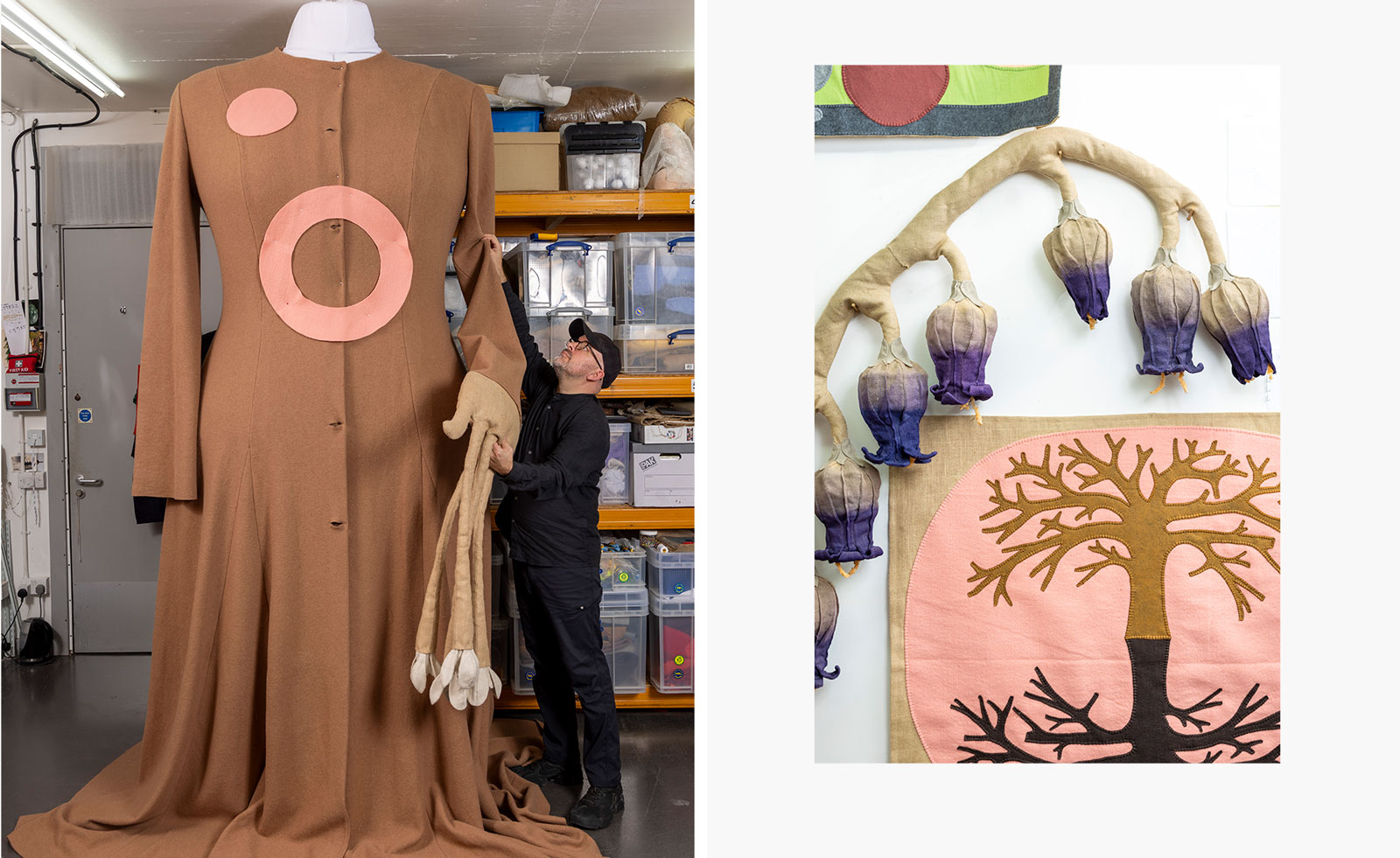 'We need to be constantly reminded of our similarities' – Jonathan Baldock challenges the patriarchal roots of a former Roman temple in London
'We need to be constantly reminded of our similarities' – Jonathan Baldock challenges the patriarchal roots of a former Roman temple in LondonThrough use of ceramics and textiles, British artist Jonathan Baldock creates a magical and immersive exhibition at ‘0.1%’ at London's Mithraum Bloomberg Space
By Emily Steer
-
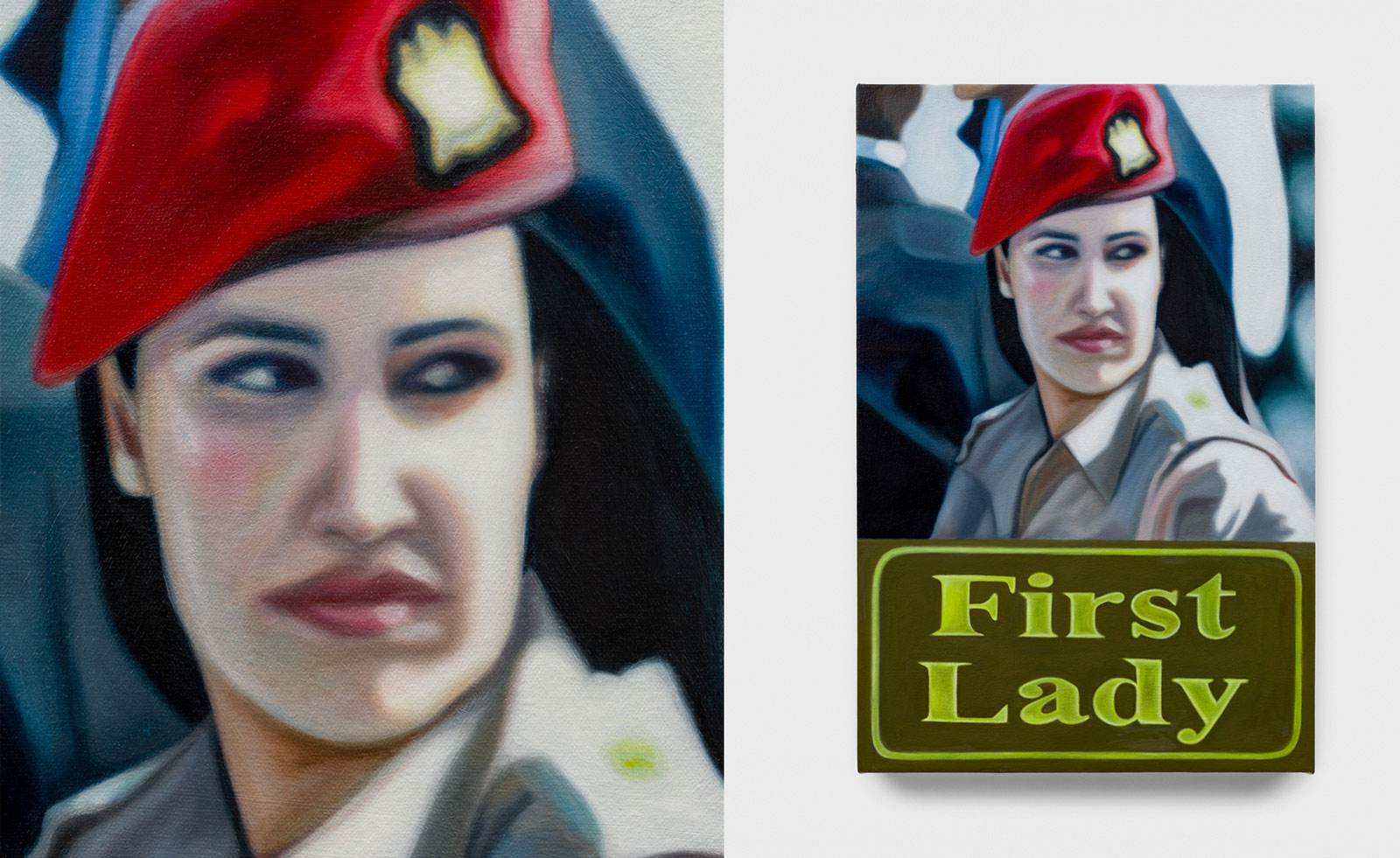 Tasneem Sarkez's heady mix of kitsch, Arabic and Americana hits London
Tasneem Sarkez's heady mix of kitsch, Arabic and Americana hits LondonArtist Tasneem Sarkez draws on an eclectic range of references for her debut solo show, 'White-Knuckle' at Rose Easton
By Zoe Whitfield
-
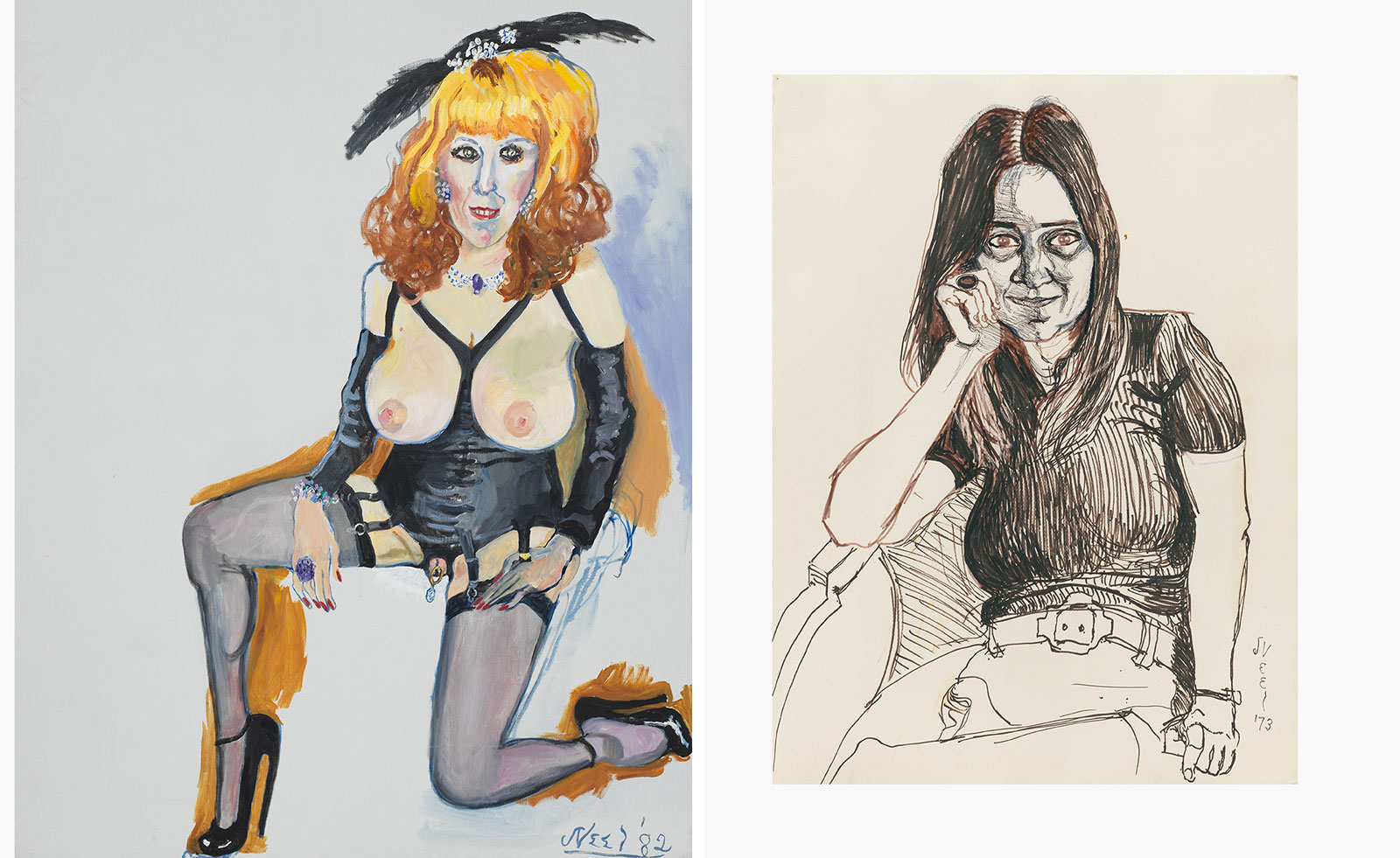 Alice Neel’s portraits celebrating the queer world are exhibited in London
Alice Neel’s portraits celebrating the queer world are exhibited in London‘At Home: Alice Neel in the Queer World’, curated by Hilton Als, opens at Victoria Miro, London
By Hannah Silver
-
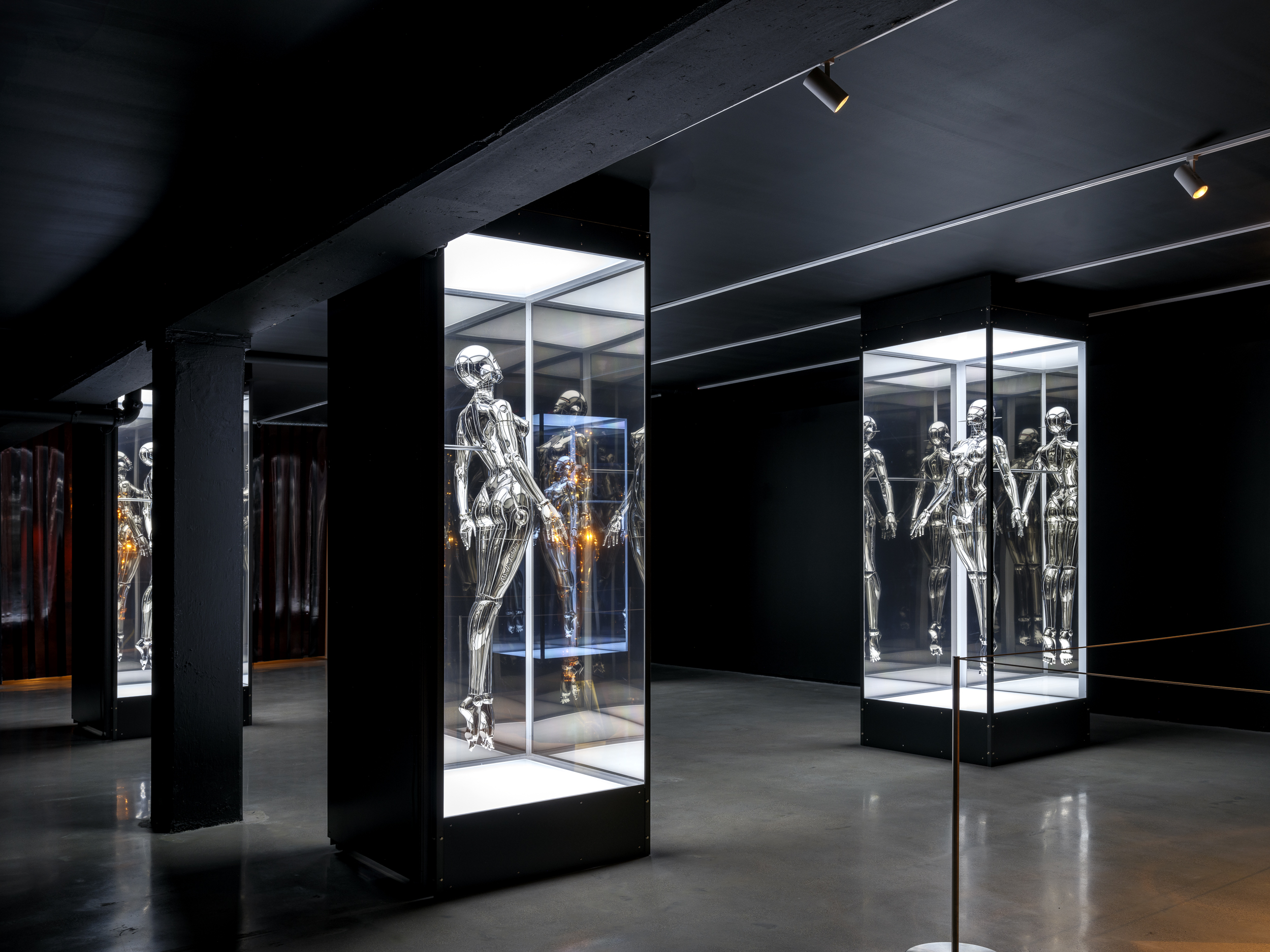 Miami’s new Museum of Sex is a beacon of open discourse
Miami’s new Museum of Sex is a beacon of open discourseThe Miami outpost of the cult New York destination opened last year, and continues its legacy of presenting and celebrating human sexuality
By Anna Solomon
-
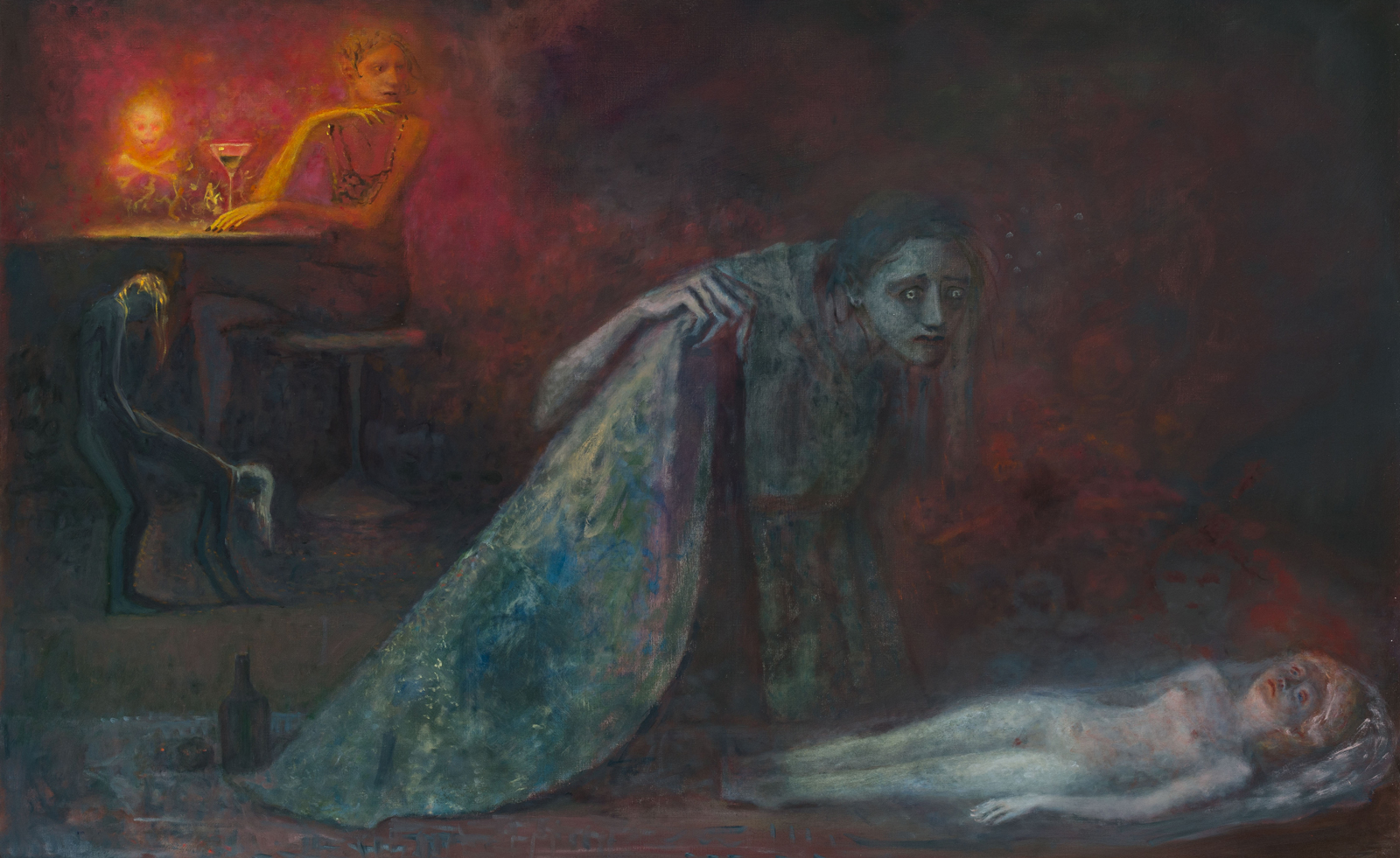 ‘You have to face death to feel alive’: Dark fairytales come to life in London exhibition
‘You have to face death to feel alive’: Dark fairytales come to life in London exhibitionDaniel Malarkey, the curator of ‘Last Night I Dreamt of Manderley’ at London’s Alison Jacques gallery, celebrates the fantastical
By Phin Jennings
-
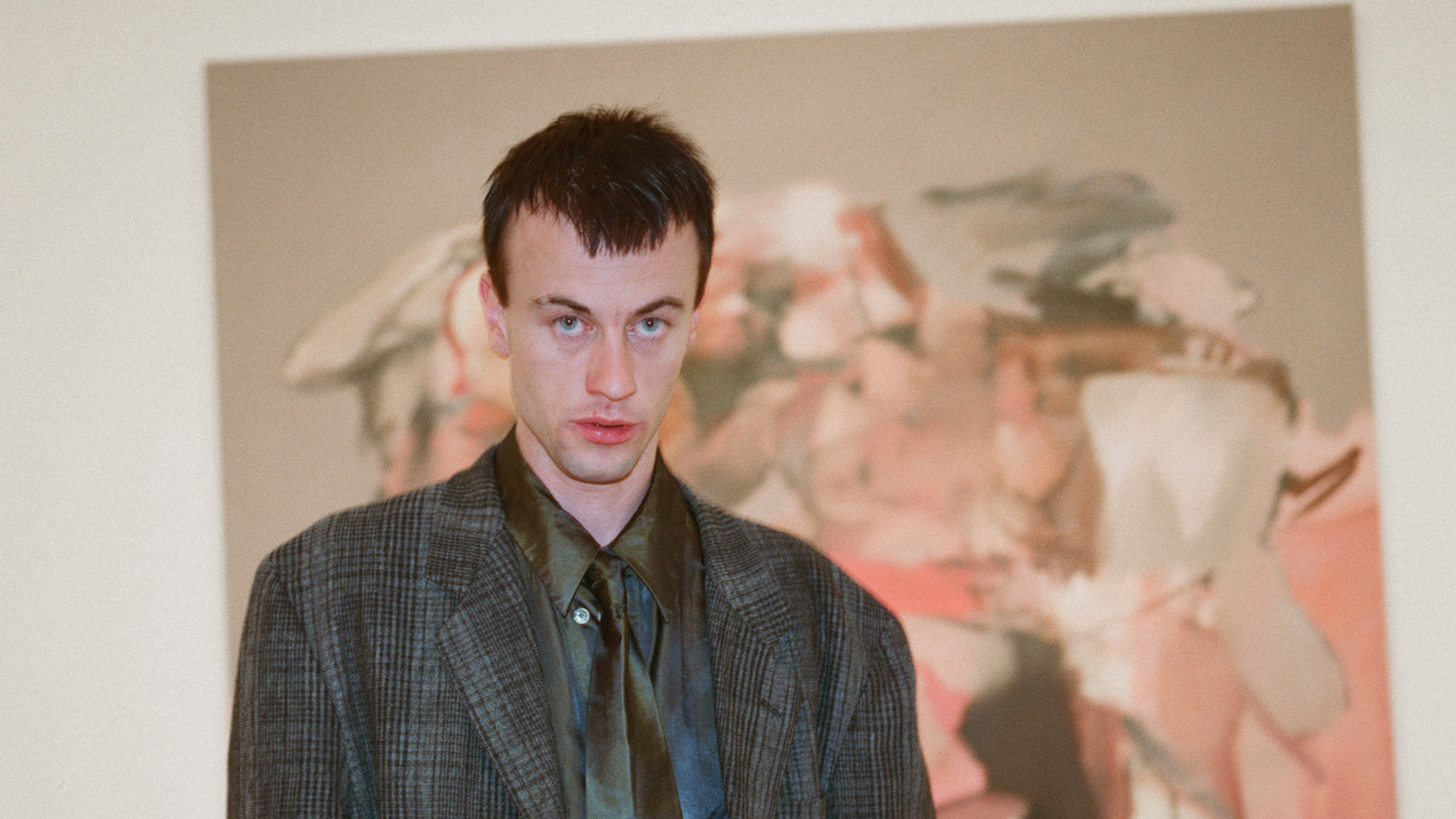 Inside the distorted world of artist George Rouy
Inside the distorted world of artist George RouyFrequently drawing comparisons with Francis Bacon, painter George Rouy is gaining peer points for his use of classic techniques to distort the human form
By Hannah Silver
-
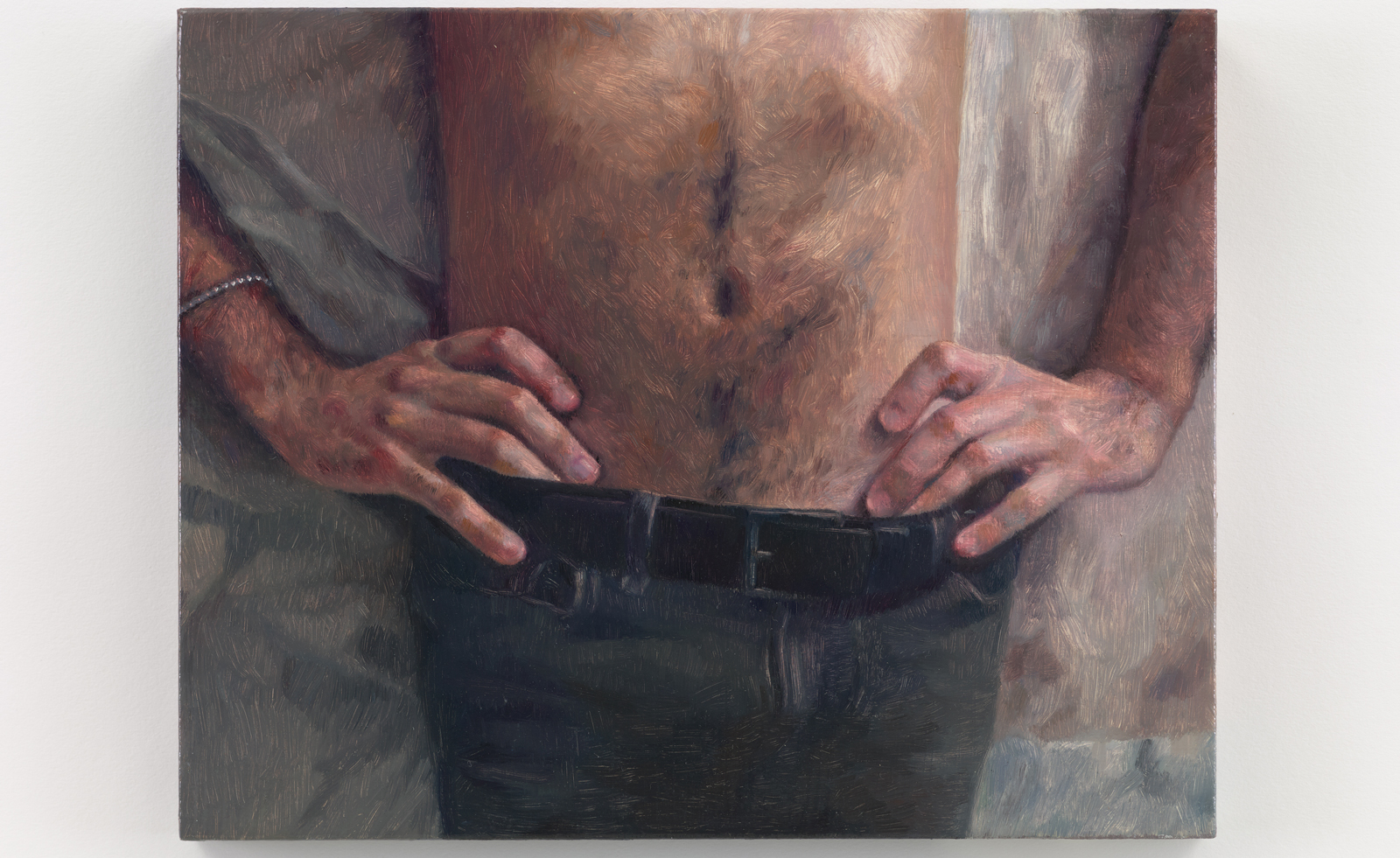 Love, melancholy and domesticity: Anna Calleja is a painter to watch
Love, melancholy and domesticity: Anna Calleja is a painter to watchAnna Calleja explores everyday themes in her exhibition, ‘One Fine Day in the Middle of the Night’, at Sim Smith, London
By Emily Steer